13 Sentinels revels in throwing curveballs, making you question what you think you’ve learned about its story and characters as you hurtle towards the truth.
It’s a smartly designed, multi-layered narrative that starts strong and maintains that vigor for the entirety of its roughly 30-hour plot. All this is wrapped in one of Vanillaware’s most beautiful art styles and topped off with a compelling combat system and an excellent script.
13 Sentinels: Aegis Rim is a game you shouldn’t miss.
13 Sentinels: Aegis Rim Review — A Splendid Web of Mysteries
13 Sentinels and its themes play with your expectations.
In general, 13 Sentinels is part mystery story, part homage to all things classic sci-fi. A group of students in 1985 Japan takes control of giant fighting robots to defend their world against an invading force.
The story unfolds across four different periods and different event timelines, and it’s rarely told in chronological order. There’s a lot to unpack and ponder with 13 Sentinels, much more than just robots v. Kaiju.
Suffice to say the story starts strong in a whirlwind of mystery and only keeps getting better, quickly morphing into a game you’ll want to play again after finishing if just to see how everyone’s stories piece together from a new perspective.
It’s also a lot to keep up with. Fortunately, 13 Sentinels lends a hand with an event theatre, replayable scenes, and Mystery Files with updated notes on key terms and people you encounter. It’s a boon when everything gets complicated.
Despite having 13 different protagonists and some supporting cast, each character feels fully realized. Some paths might not have the same sense of urgency as others, and it’s fairly clear who the core cast is from how the prologue unfolds. But the way every character’s story develops, then intersects with other key events and people, adds significance to even slower, less eventful episodes.
Those intersections are always rich and engaging in more ways than one. 13 Sentinels and its themes play with your expectations. It’s a high school setting with teenage heroes, but their actions and relationships evolve beyond just blushing and hand-holding, thanks in no small part to its time travel element.
One of these relationships is a thoughtfully depicted one that goes beyond the usual binaries. Though saying too much more would be a spoiler, it’s handled well and sets a higher bar for relationship representation in games moving forward.
How each story unfolds is one of 13 Sentinels’ most compelling parts.
Even with deep relationships and individual motivations, 13 Sentinels is an homage to sci-fi at its core. Don’t let that be a discouragement if you’re not a Kaiju and sci-fi buff, though.
It’s true knowing something of 13 Sentinels’ key inspirations helps in understanding specific plot details. I only know of maybe half the references, and while I’m sure I missed out on some, the core story is more than strong enough to stand on its own.
Even without this point of reference, the story never leaves you feeling like you’re missing out or like it’s leaning too much into established narratives and ideas.
13 Sentinels’ unique structure plays a big part in how it all works together. As the name suggests, you play through the lives and memories of the 13 separate protagonists, but at different points in the same broad storyline. Their stories intertwine numerous times, though you don’t always understand the significance when it happens.
What seems like an inconsequential conversation in one character’s story is part of a more significant issue connected to another character’s mission. Or it’s vital for unlocking the path forward, and you don’t realize it yet.
For the most part, you’re free to choose whose story to pursue. Some are locked behind battle requirements, and some won’t come to light until you’ve reached a certain point in another character’s tale.
How each story unfolds is one of 13 Sentinels’ most compelling parts.
After the prologue, every available character has a story map with key event scenes you’ve either unlocked or you’re waiting to unlock. Each branching path has at least one requirement to meet before it unlocks — meeting a character, overhearing something, choosing a specific action.
It’s not always clear what the requirements are, so it’s worth your while to talk to everyone, investigate, and ponder terms in your Thought Cloud, which is like your mental inventory in 13 Sentinels. Some terms you can “Consider” to learn, while you’ll use others to spark new dialogue with characters and push the plot forward.
Gaining Thought Cloud terms often unlocks new branches for previous events, leading to more characters, more terms, and a better understanding of the story.
While going back to revisit old events might sound like a drag, 13 Sentinels makes it breezy. You can instantly revisit critical points in each character’s story, fast-forward through old dialogue if you need to, then trigger a new path when you’re ready.
Traveling back in time, as it were, fits so well with 13 Sentinels’ key themes that these repeats and skipping dialogue never ruin the sense of immersion the game works so hard to create.
Vanillaware’s rich and beautiful world helps make replaying a pleasure instead of a burden.
A bit of practical design helps out here, too. Each chapter or event is relatively short. You can clear the initial set of prologue stories in under two hours, though that’s not a dig. For one, every event always has something to say. You never walk away thinking, “that was nice filler, but… ?”
The brevity keeps the pace brisk. No event outstays its welcome, you never feel bogged down by the text, and it makes getting into the next story segment that much more appealing because you know it won’t take long to get to the heart of it.
The result is a deliciously addictive and satisfying experience throughout.
Vanillaware’s rich and beautiful world helps make replaying a pleasure instead of a burden. Every environment is packed with detail and visual flair. Even seemingly mundane areas like changing rooms and the rubble of an old residential area drip with atmosphere.
And there’s Vanillaware’s signature style with food as well. Food plays a surprisingly varied role in 13 Sentinels — a lifeline, a relationship symbol, a catalyst for branching paths, and of course, sometimes just a tasty snack. Whatever the case, each dish gets rendered in delicious detail, accompanied by equally savory descriptions.
It’s no wonder Takatoshi Hijiyama would go to any lengths for his yakisoba pan, and I don’t mind having to eat both soft serve and crepes to witness two of Iori Fuyusaka’s branching paths early on.
The rest of 13 Sentinels’ localization is just as delectable. As you’d expect from a game like this, there’s a lot of text. Yet there’s never an awkward moment or a stray, lingering phrase that sticks out. The quality, rhythm, and character set a high standard from the start and hit it every time after that.
It’s an impressive feat for any narrative-driven game, but the localization team went above and beyond in the characterizations here. Even throwaway phrases or transitions get tweaked to give characters more nuance in a way that lets their personalities shine through even stronger. It might just be Atlus’ strongest localization to date.
The Japanese voice acting is consistently strong throughout, which is good since every line in 13 Sentinels is voiced. The English voice-over isn’t available until the game launches on September 22. However, Atlus sent a sampling of the English cast, and it’s just as strong and full of character as the Japanese cast.
The same care went into the game’s audio design. 13 Sentinels deserves being played with headphones on, not just because the understated soundtrack is the perfect accompaniment to every event taking place on the screen, but because it’s as audibly rich as it is visually rich.
The vocals get misty and distant when you enter the Thought Cloud. Kurabe walking on his tatami floor produces a lifelike crunching sound. Nearby conversations leak into yours and pull your attention away from what you were doing.
If anything, the only downside is that there isn’t more.
Roughly the other half of 13 Sentinels is combat, a real-time strategy setup where you control teams of Sentinel pilots to fend off invading hordes.
The first thing you’ll notice about the combat is how visually different it is from the rest of the game. Fights play out over densely packed cityscapes depicted as small, gray building clusters mixed with empty segments for roads. Attacks take place on this zoomed-out map of the city with no detailed animations.
There’s an excellent reason for that.
At a given point in each battle, especially after the prologue, you’ll be surrounded by waves of hundreds upon hundreds of invaders. Specific skills, like setting up sentries or sending out anti-air flares, leave more units on the map.
While planning for the next wave, you must also manage your pilots’ health, moving them out of harm’s way so they can exit the Sentinel and hopefully not get attacked in the process.
It’s busy and tense, and it doesn’t overwhelm you because this less-detailed view makes switching between each pilot and choosing attacks fast and easy.
Like any good strategy game, 13 Sentinels gives you as much to think about before the fighting starts as it does on the field.
Each Sentinel specializes in a specific type of combat, so you always need to heed pre-mission briefs and prepare accordingly. Each also has access to a swath of upgrades you can purchase with chips enemies drop, plus you can upgrade the city’s mainframe to access more powerful, widespread skills.
Your battle performance earns a letter rank when it’s all over. Meeting bonus requirements and earning high ranks awards special Mystery Files and points used to unlock other Mystery Files. Battles get progressively more involved, but you can change the difficulty at any point if it all becomes too much and you just want to unlock all the lore.
One aspect of 13 Sentinels’ combat that takes some getting used to is how the actual fending off of Kaiju hordes is separate from the main story. The combat scenario is a chain of events unfolding a few days later than the main storyline, so you’re pretty much in the dark for most of it.
It adds an extra bit of suspense to the mystery, but it does feel disjointed at first, too. Still, I can’t think of a better way to implement it.
If anything, the only downside is that there isn’t more. Assembling a squad for each mission and learning the quirks of each Sentinel generation is fun and satisfying. But 13 Sentinels is very much a visual novel with adventure game elements.
13 Sentinels: Aegis Rim Review — The Bottom Line
Pros
- Fantastic narrative
- Thoughtfully crafted characters
- Sumptuous art design
- Excellent voice work and audio
- Smart design that encourages taking each story path
- Layered and strategic combat
Cons
- Combat/story split takes some getting used to
13 Sentinels: Aegis Rim spins a web of mystery around you, then chuckles smugly as you think you’ve found your way out only to realize you’re in the middle of a maze. Each character’s story and narrative intersections drive the pace forward at an almost compulsive pace, helped along by the game’s smooth design.
This is one of the most visually and audibly impressive games out there. It’s not one to be missed.
[Note: Sega/Atlus U.S.A. provided a digital copy of 13 Sentinels: Aegis Rim for the purpose of this review.]

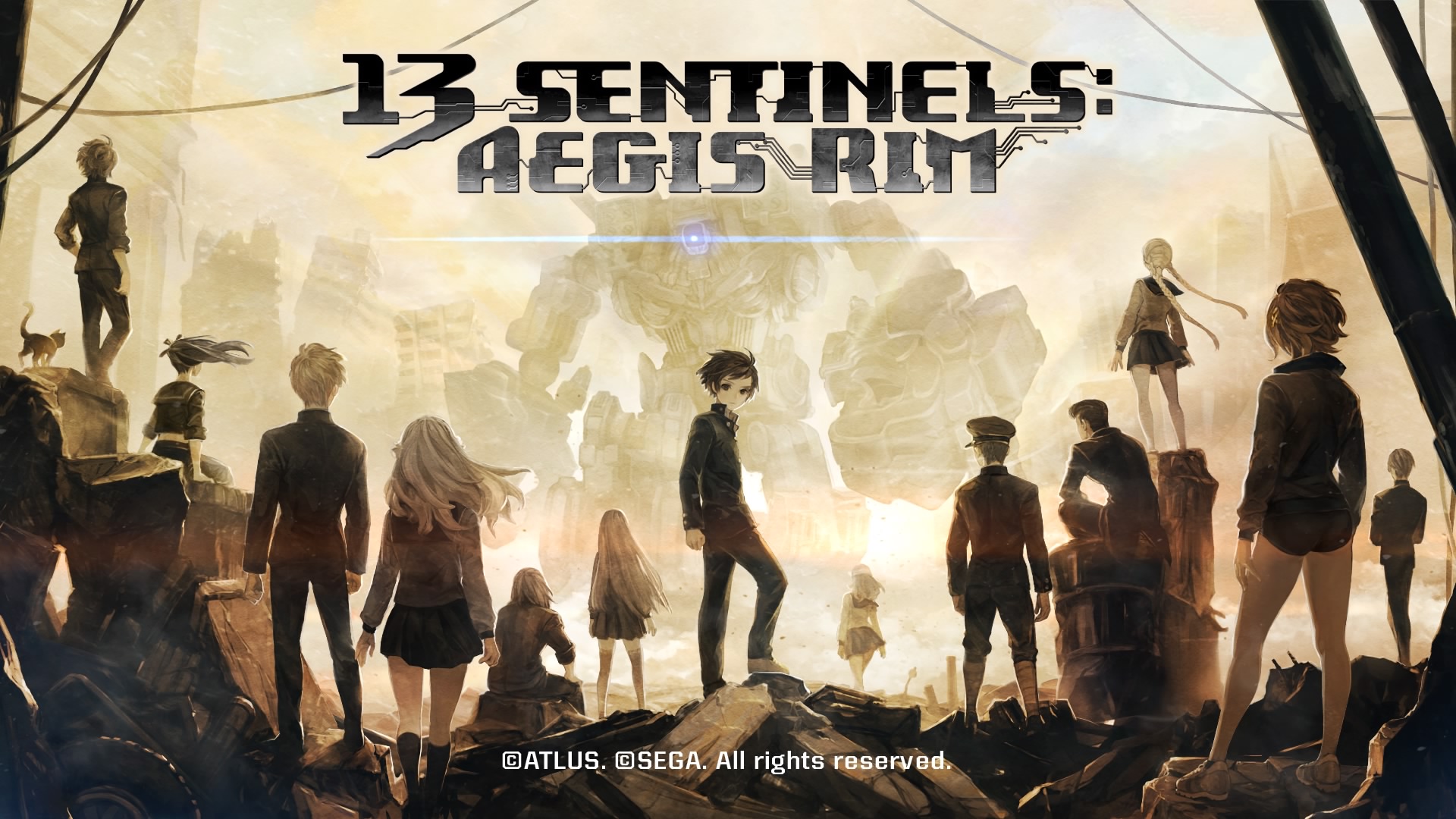
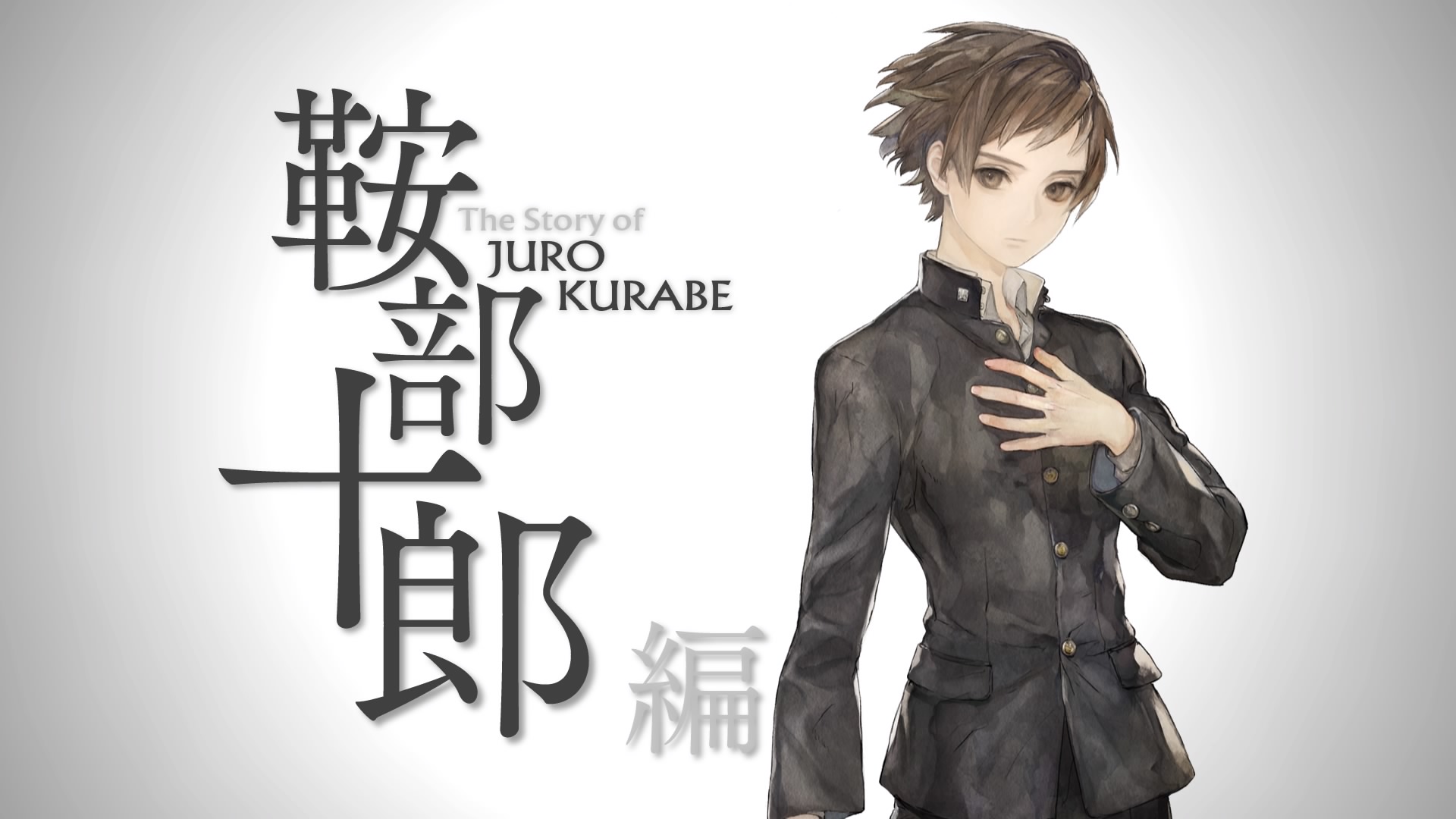

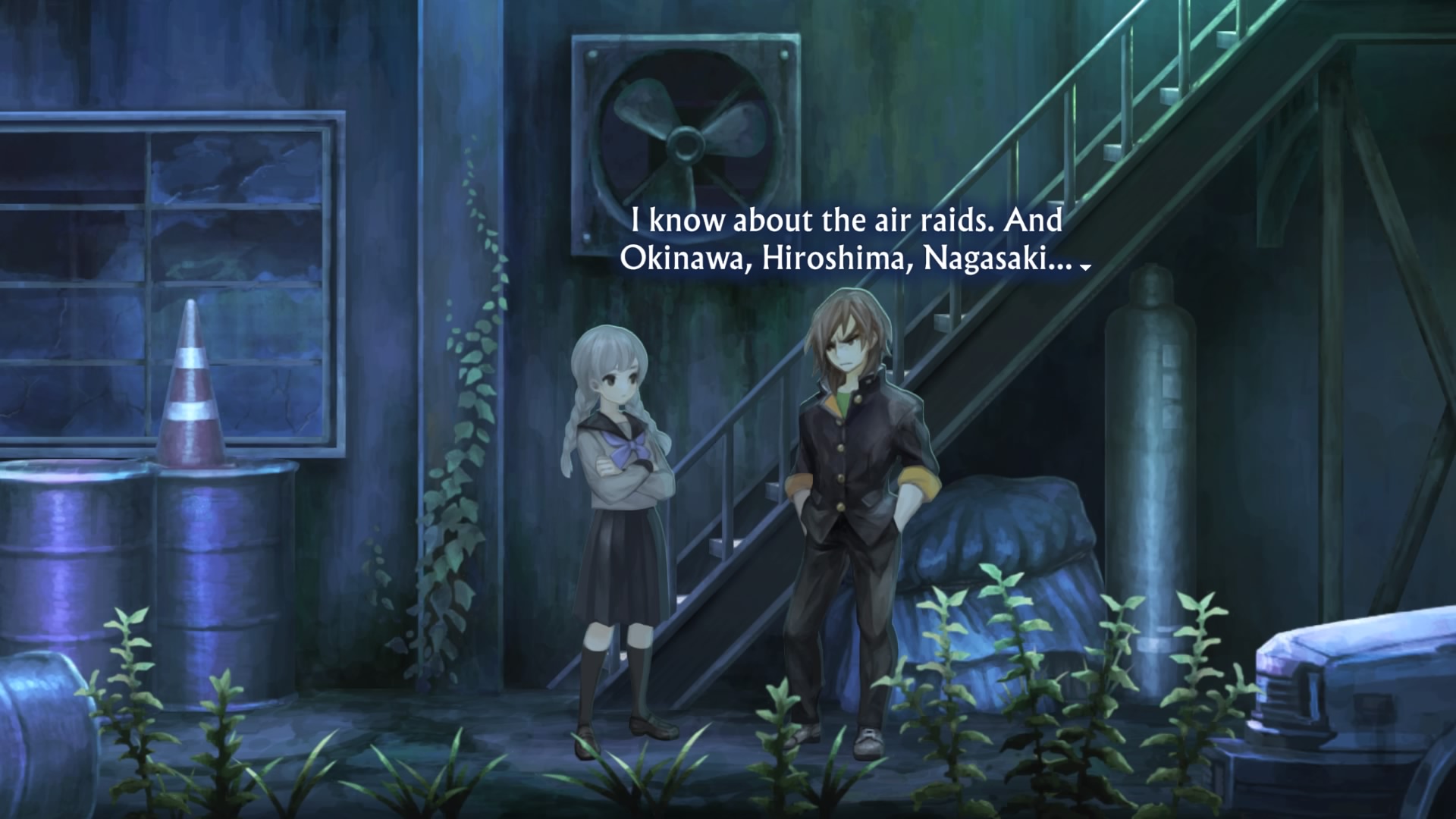
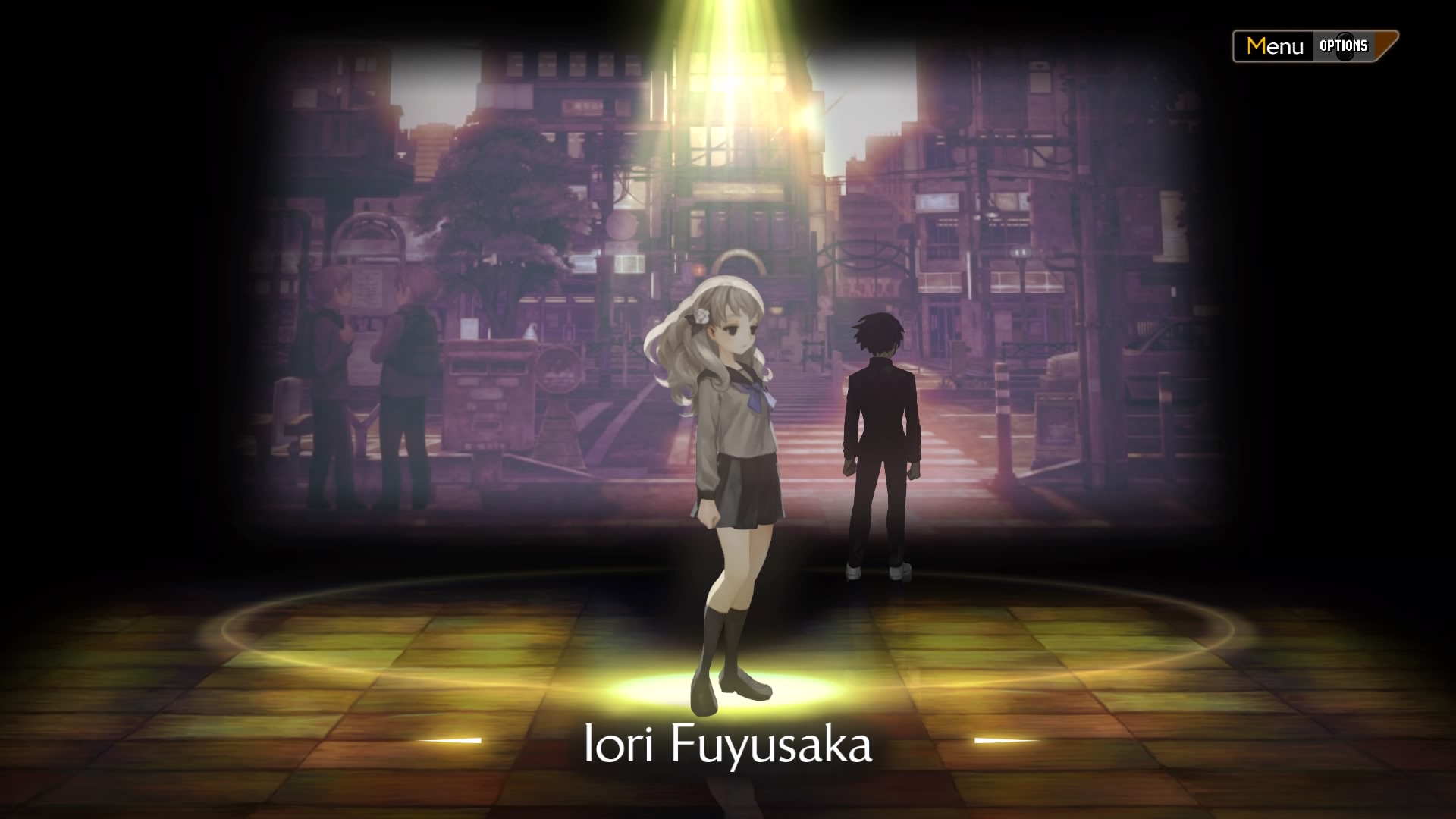
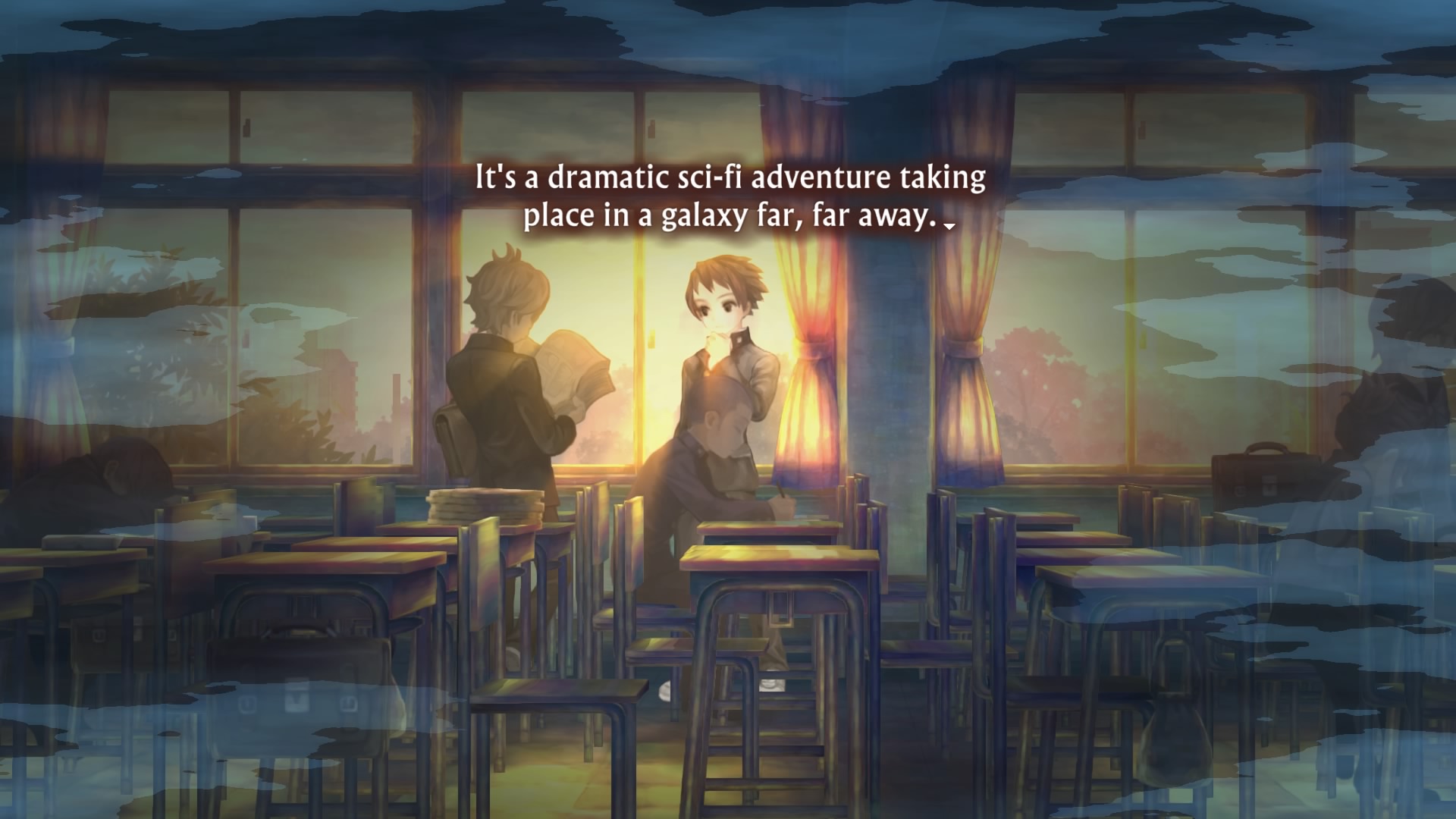
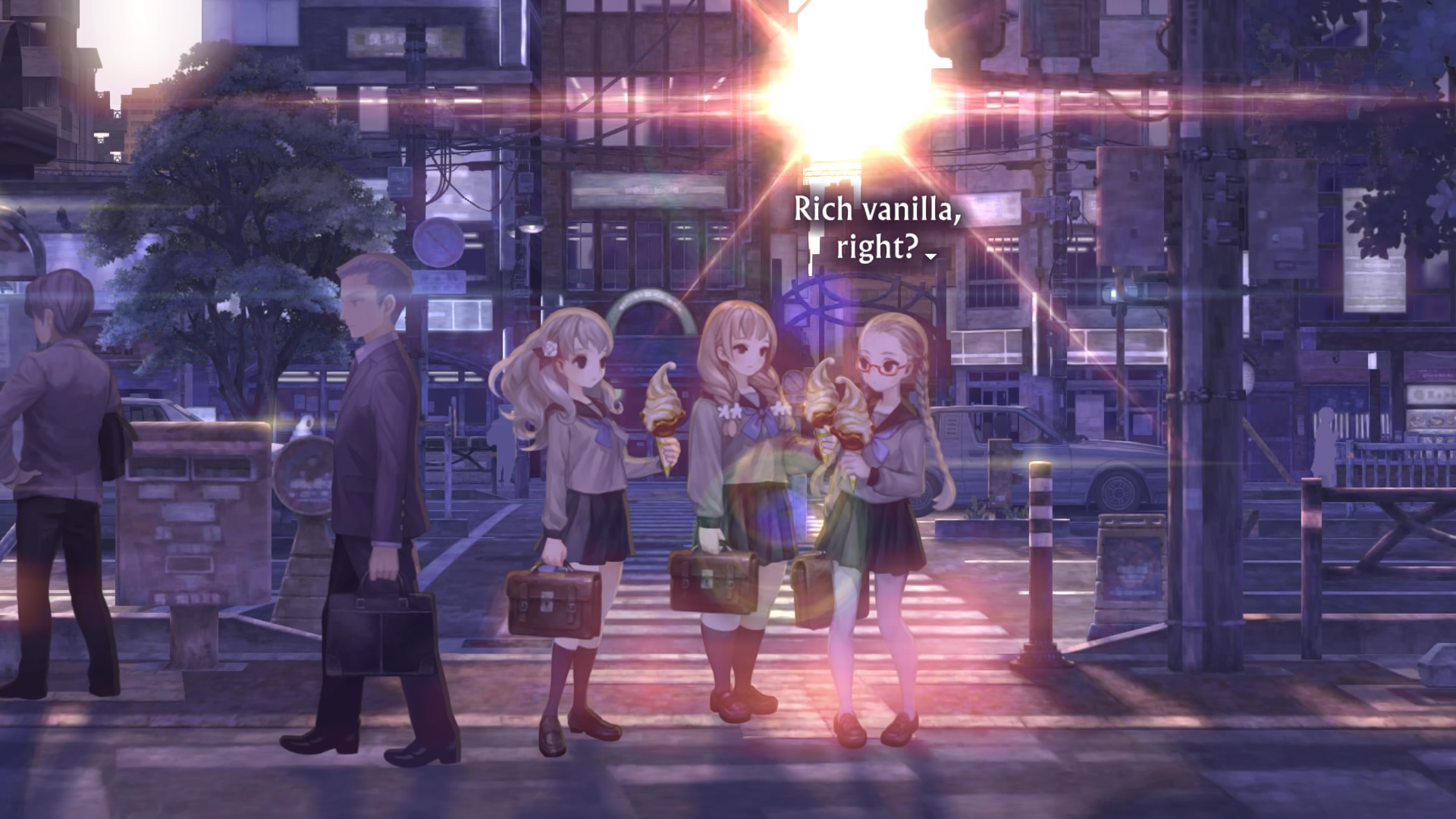

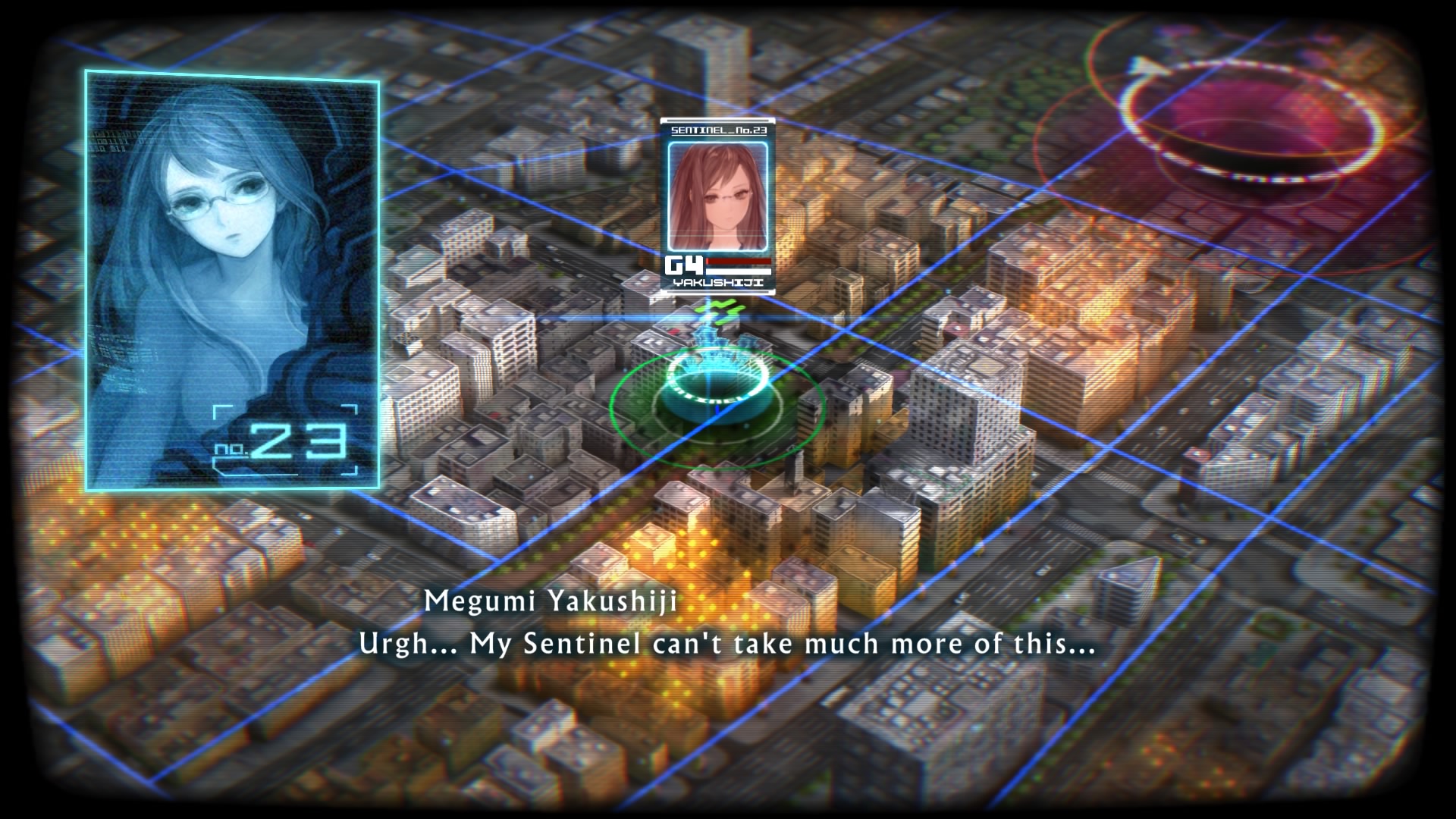
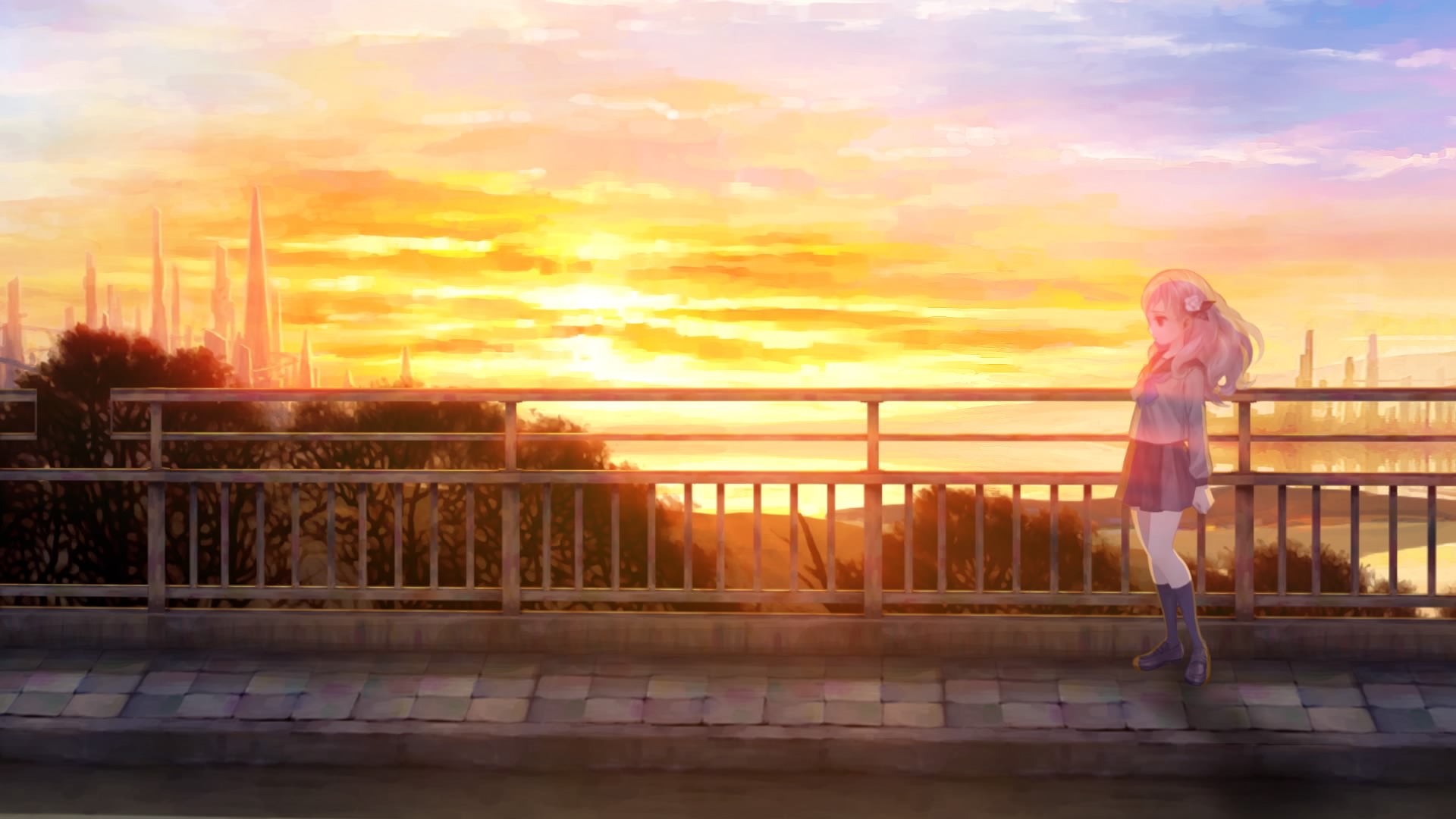





Published: Sep 14, 2020 03:40 pm